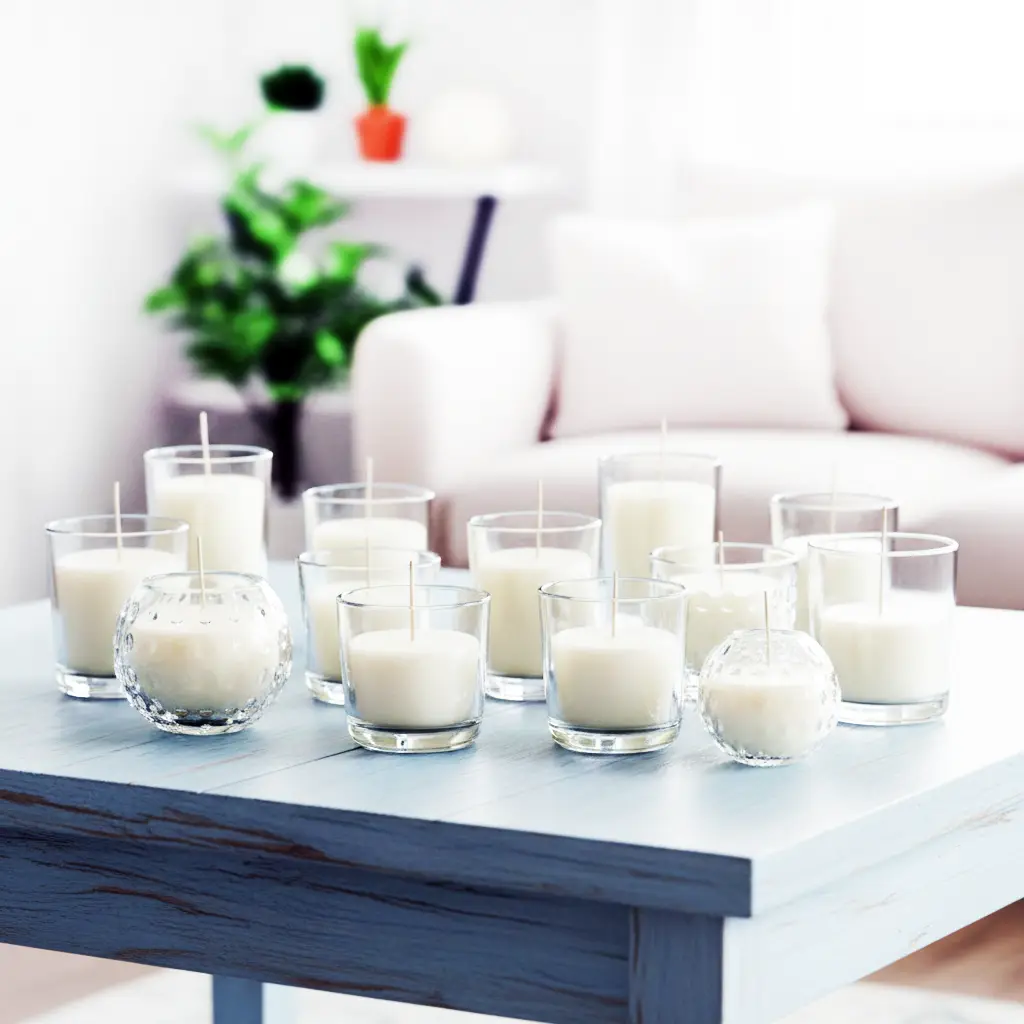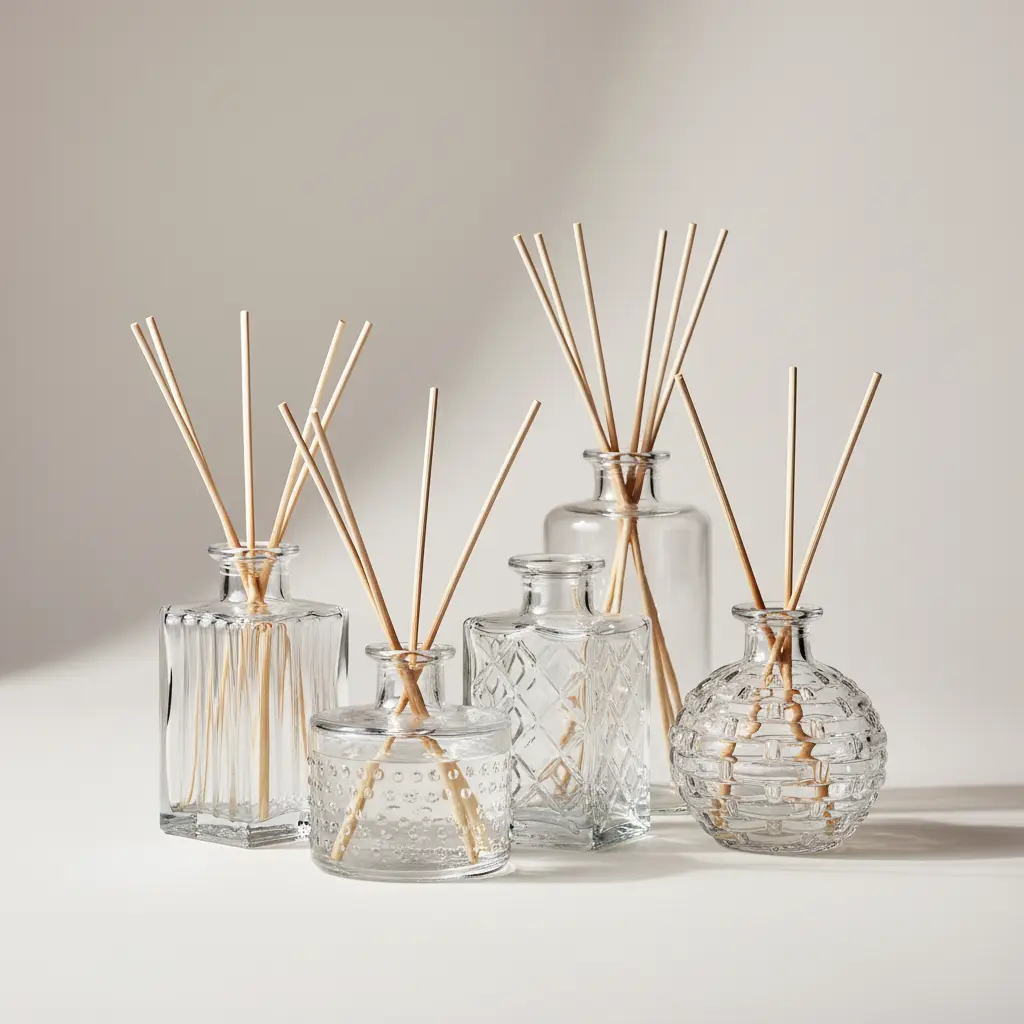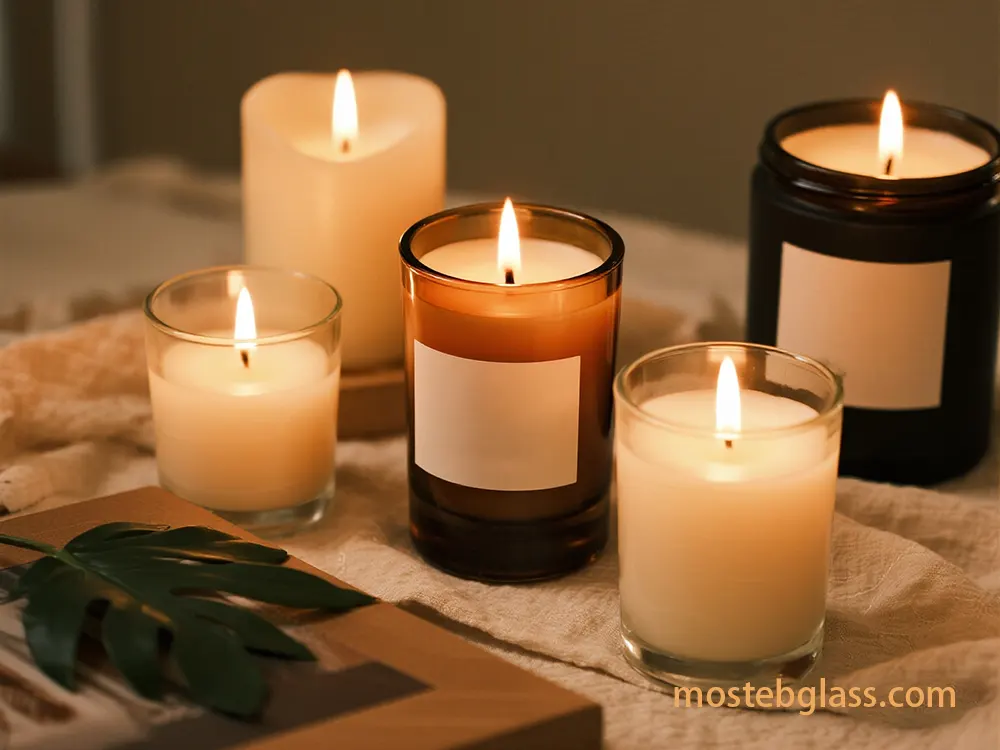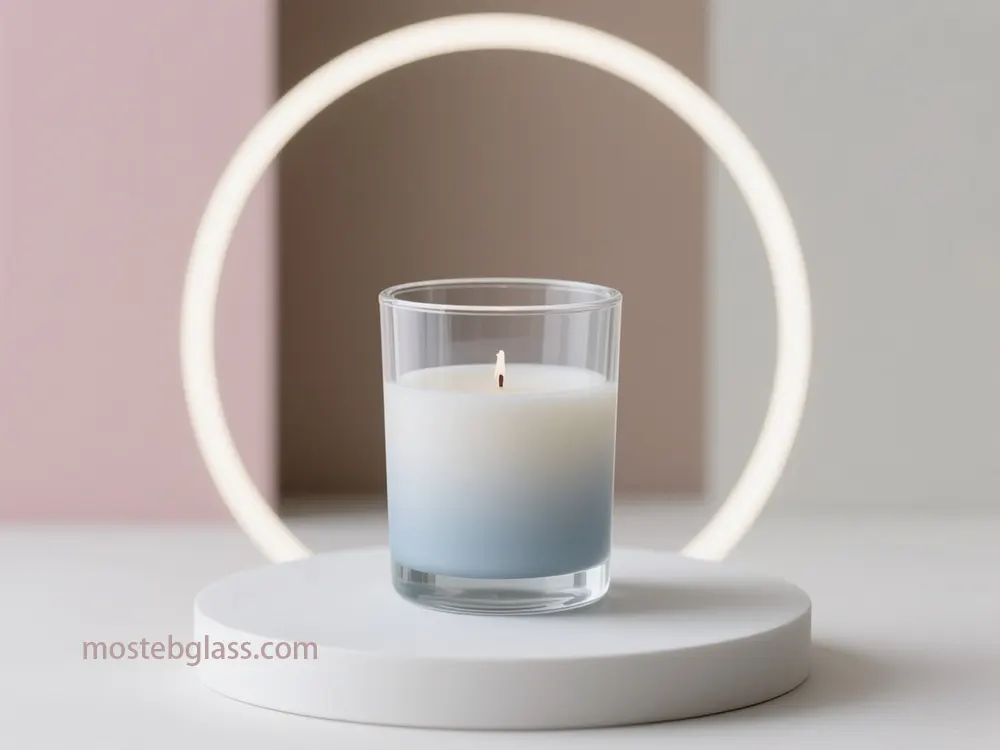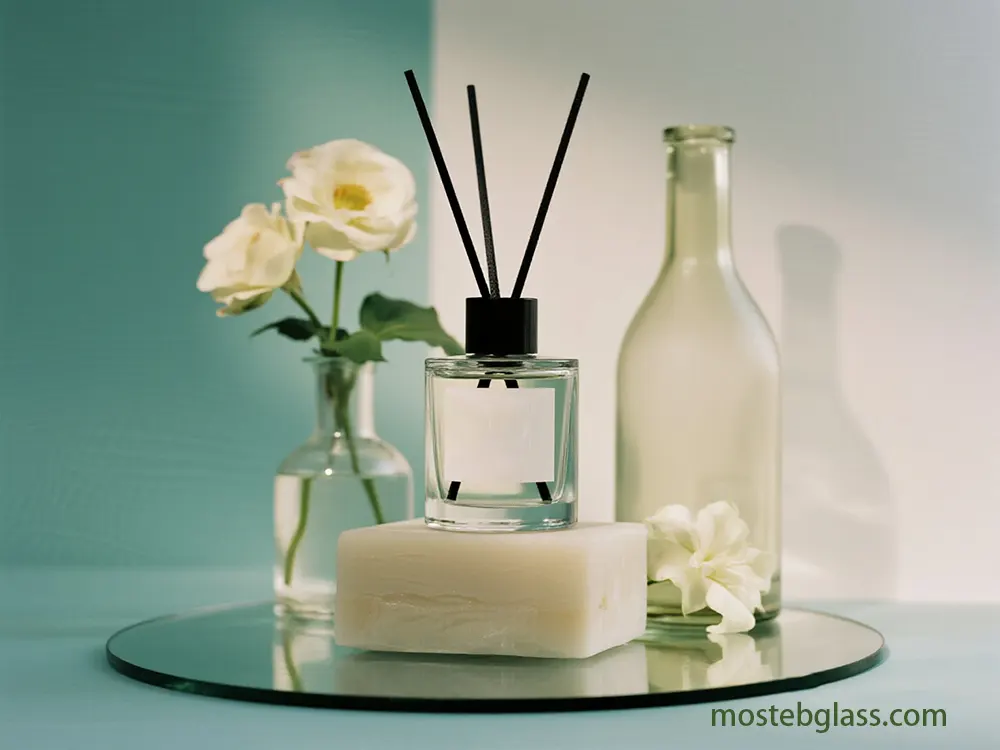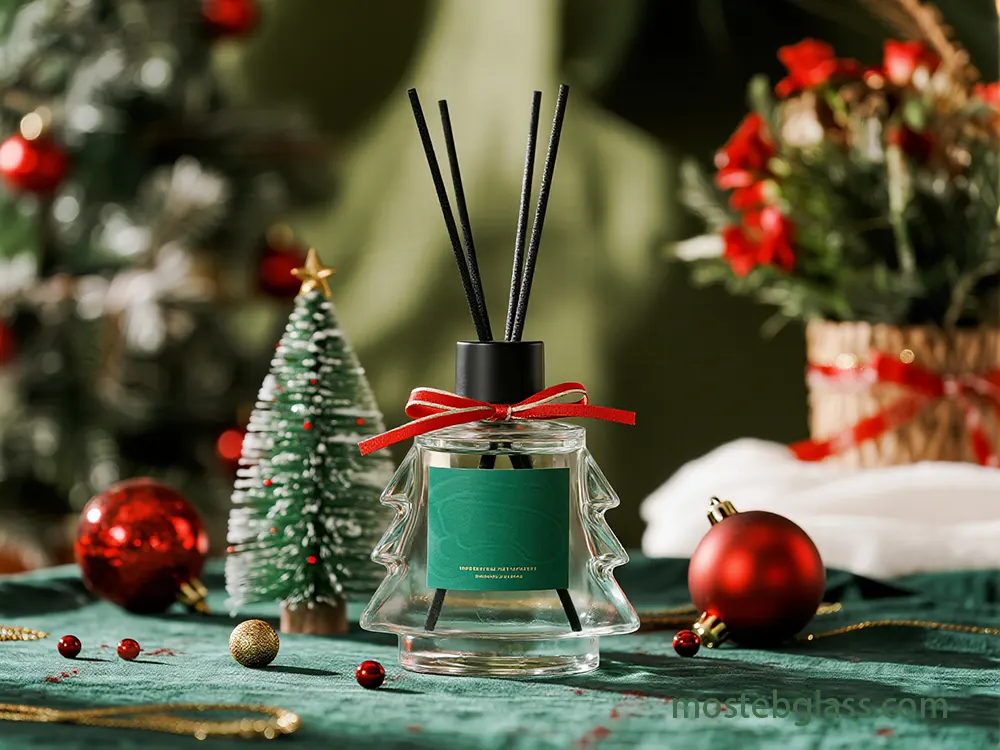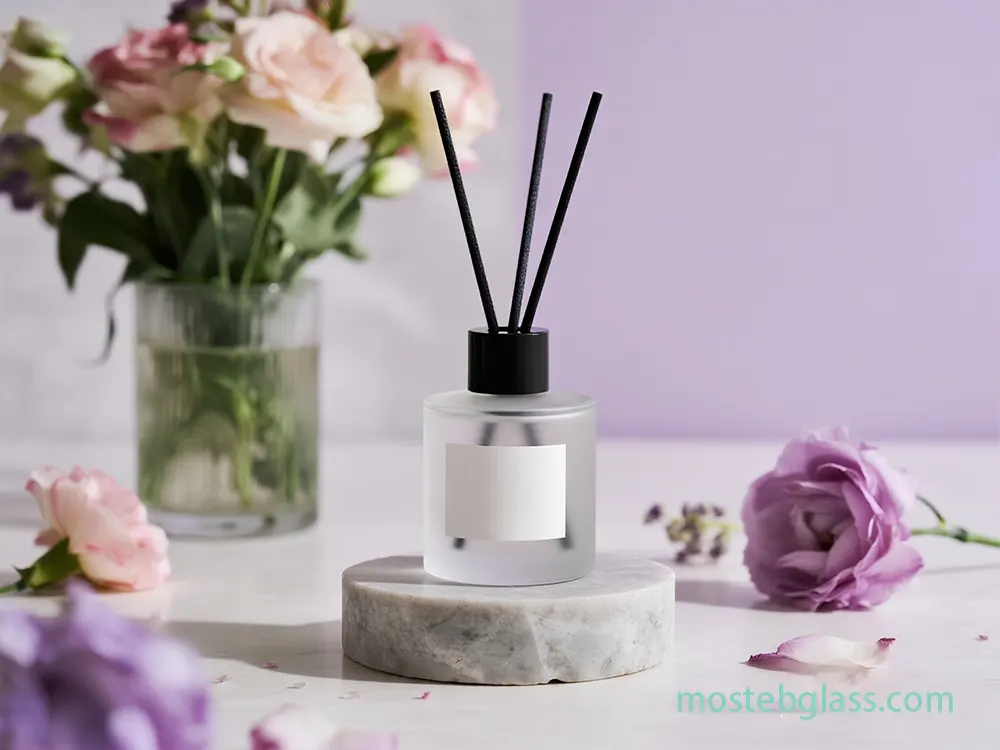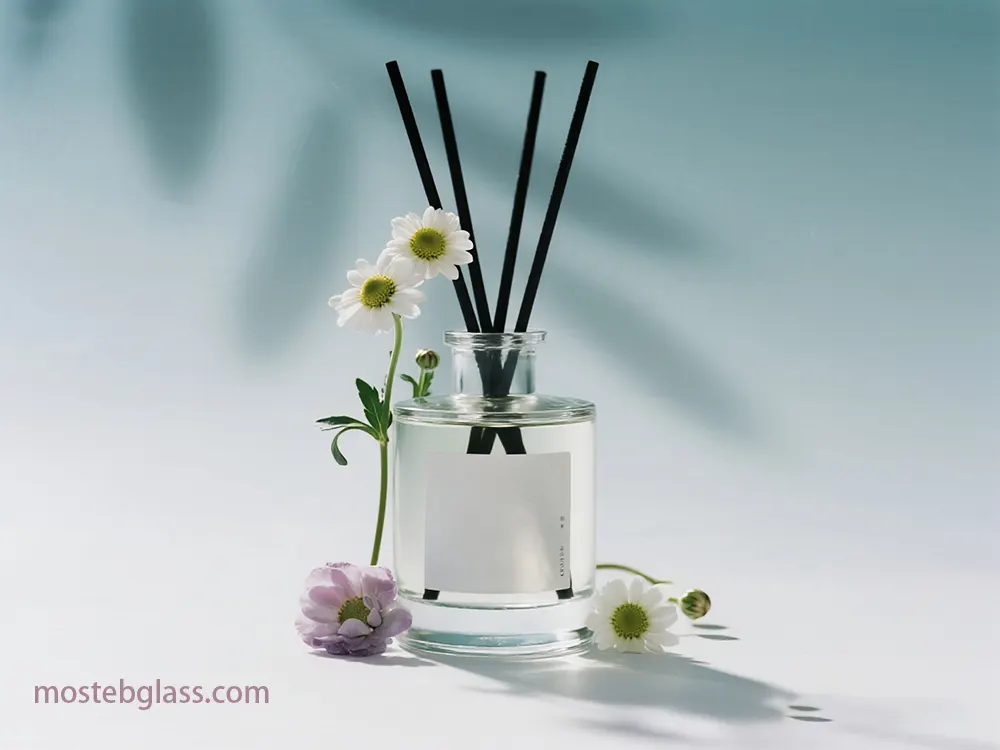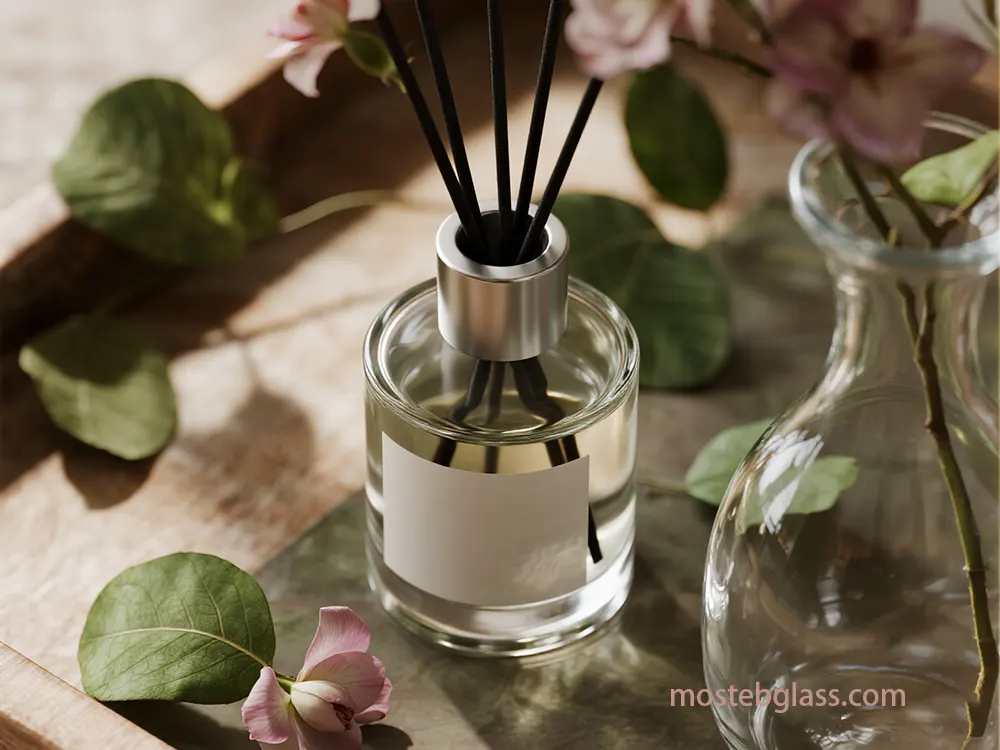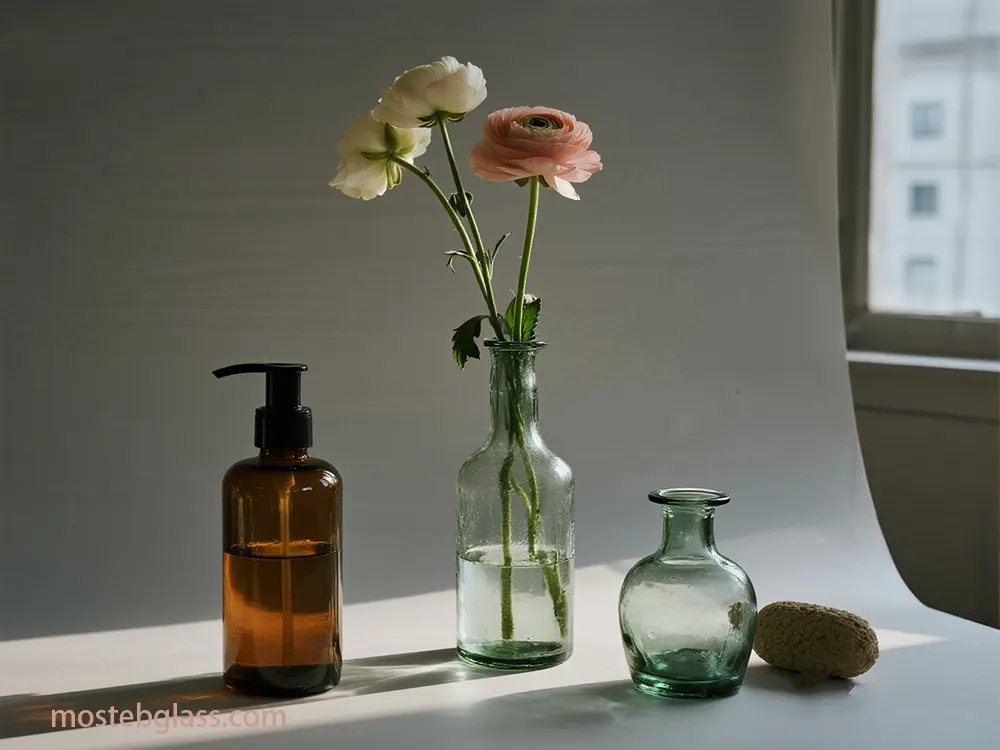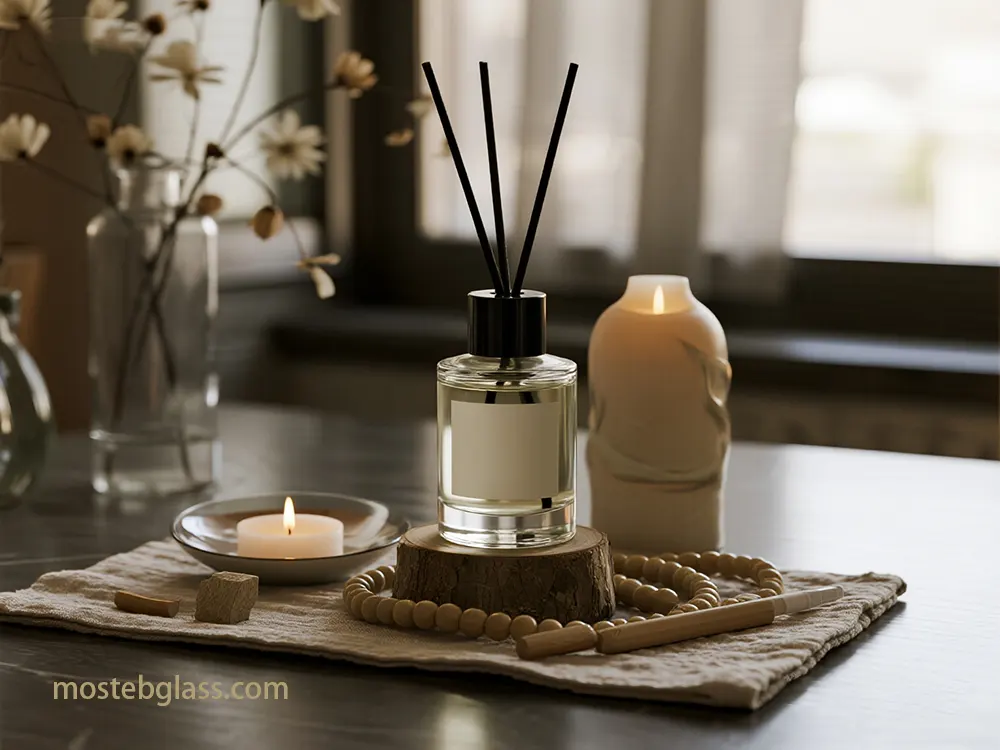The product costs, percentage of labor costs, percentage of labor costs, energy consumption per unit and cost of goods sold (COGS). COGS can be $ 60-70 \ of total cost, with content up to $ 70 \%and ENERGY Raza $ 15 \%$. Monitoring this helps identify inappropriate, in view of the reduction of -20 15-20 \%$.
Inventory Turnover and Work-in-Prophet (WIP): モステブFinancial Health Matrix:
Total profit margins (target $ 40-50 \%$), operating petting is important for profit margins, net profit margins, ROE, ROE, debt-to-equity ratio and cash flow profitability.
2.2. Scaling Challenges from Small Batches to Mass Production:
Large amounts of production require significant capital costs (capex) for mold, tooling and large material orders, potentially reaching ten or hundreds of thousands of Dollars. Setup can take $ 2-6 $ month, with tooling design/manufacturing alone -6 4-6 Weeks week, and an additional $ 2-4 week in sample casting, due to Calessital Lont, Machinery, Q CALE Legions, variations. The supply of large amounts of raw materials worrys the supply chain weaknesses. A skilled workforce is required, and the shortage of trained engineers/technicians can limit the ramp-up.
2.3. Lead Times and Investment for New Tooling Fabrication and Production Line Integration For investment casting, tooling design/manufacturing usually takes -6 4-6 weeks, followed by -4 2-4 weeks for sample casting; The complex parts extend the timeline. Rapid prototyping prototyping by 3D printing can reduce the lead times $ 30 minutes to $ 7 $ 7. New Mass Production Lines in new machinery, equipment or facilities can take $ 2-6 a month. Glass melting is crucial for expansion of capacity, with key items, including furnace, cutting and shaping machines. 2.4. Common Bottlenecks in Glass Production Scaling
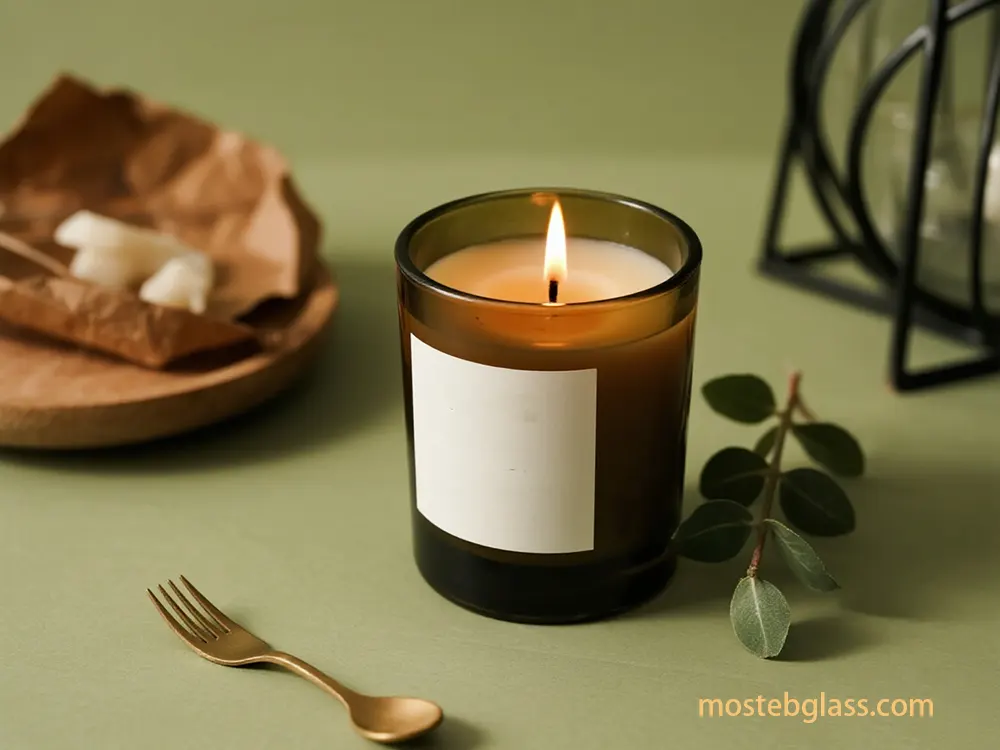
Melting process:
- Batch-to-melt conversion is partially understood, with lag in scaling laboratory results to production and integrating experimental data into models. Improper or inconsistent annealing is critical, which can lead to residual internal stresses, cracks, distortions, dimensional instability, and optical defects.
- Formation: Variations, such as uneven glass distribution, can cause dimensional defects.
- Finishing and Quality Control: Higher quantities increase chances of defects. Real-time data and comprehensive inspection are required to prevent large-scale errors, as traditional end-of-line QA is inadequate.
- Changeover Strategy: Agile mold management and streamlined changeover strategies are important in small batch production to minimize “hidden cost” downtime.
- 2.5. Impact of Automation and Industry Technologies on Capacity Expansion The product costs, percentage of labor costs, percentage of labor costs, energy consumption per unit and cost of goods sold (COGS). COGS can be $ 60-70 \%BE of total cost, with content up to $ 70 \%and ENERGY Raza $ 15 \%$. Monitoring this helps identify inappropriate, in view of the reduction of -20 15-20 \%$.
- 2.6. Financial Models for Capital Expenditure on New Machinery or Facility Expansion Capex includes investments in long -term tangible assets for business growth and maintenance. Future capex is predicted using fully base analysis. The capex directly affects the free cash flow, a crucial valuation metric. Key Financial Model components include income statement (income, cost, profitability), cash flow from cash operations, and balance, equity, equity, equity). About 15 \%of COG.
- 3. Quality Standards and Certifications For Mosteb, meeting critical quality benchmarks and necessary certifications is non-negotiable, especially when it comes to lead-free materials, clarity, durability and ethical sourcing.
3.1. International Standards for Lead-Free Glass
EU Council Directive 69/493/EEC regulates “crystalline” products according to their chemical composition; only glass with $\ge 24\%$ lead(II) oxide (PbO) is “lead crystal”. ISO 6486-1:2019 specifies lead/cadmium release testing for tableware in contact with food. ASTM C1900 evaluates the durability of laminated glass against radiation and weathering. Certification laboratories must have ISO/IEC 17025-17 accreditation.
3.2. Certifications (FDA, REACH, RoHS, Prop 65)
FDA-approved glassware must meet safety standards, tested for the harmful release of lead/cadmium into food. FDA and US compliance uses ASTM C738 and C927. California Proposition 65 sets different, often stricter, limits for lead/cadmium. EU REACH exempts “glass” as a substance, but lead/lead oxide exceeding $0.1\%$ (w/w) is a reportable SVHC. EU RoHS restricts hazardous substances in electronics; Lead in glass had exemptions until July 21, 2021, due to lack of alternatives.
3.3. Testing Protocols (Clarity, Durability - scratch resistance, thermal shock resistance, impact strength)
- Lead-free crystal compositions seek high clarity, imitating lead crystal with lead-free metals to improve light refraction (refractive index $\ge 1.545$). Chemical durability is tested against acid/alkali attacks (ISO 695, DIN 12116). Scratch resistance is enhanced with special coatings and chemically strengthened glass such as Corning® Gorilla Glass. Thermal shock resistance is evaluated by rapid temperature changes, measuring the reduction in flexural strength. Ultra-durable glass (chemically strengthened, laminated/tempered) resists extreme impacts. 3.4. Precise material composition
- Story through props and themes: 3.5. Accredited Third-Party Laboratories
- Major testing organizations include Intertek, Associated Laboratories Inc. (ALI), NAMI Certification, and TCA Lab/Alfa Chemistry. These laboratories support industry certification programs such as IGCC, IGMA and SGCC. Ethical sourcing auditors such as TÜV SÜD, Factocert and UQC Global Certification provide audits for standards such as amfori BSCI and SA8000. 3.6. Costs and Timelines for Certifications
- ISO certification costs vary according to the size, standard and body of the organization. EPA lead-safe certification fees exist for renovation firms. Specific timelines for glass product certification are not detailed, but the extensive training may be lengthy. 3.7. Regional Regulatory Requirements
- Reach and RoHS compliance is critical for EU market access, which impacts material sourcing/manufacturing. California’s Proposition 65 requires warnings for chemicals listed above limits, requiring rigorous testing. Asia Pacific dominates the lead-free glass market due to manufacturing and demand from electronics, construction and automotive. The transition to lead-free glass often requires higher production costs. 3.8. Advanced Material Science Innovations in Glass
Innovations include ultra-durable glass (chemically strengthened, liquid glass nanocoating, laminated/tempered safety glass), smart glass (electrochromic, PDLC, thermochromic, photochromic) and energy-yielding glass (transparent photovoltaics, quantum dot glass, perovskite solar cells). Researchers have developed ultrastable glasses with properties equal to those of thousands of years ago. Penn State’s LionGlass offers superior durability and crack resistance with a potentially $50\%$ lower carbon footprint. Biodegradable glass from amino acids/peptides offers an eco-friendly alternative. 3D printing allows complex glass architectures and customization.
3.9. Audit Processes for Ethical Sourcing Certifications
The SA8000 promotes social acceptable labor practices globally, covers child/compulsory labor, health/safety, freedom of organization, non-disagreement, working hours and remuneration. Amfori BSCI monitors/evaluates labor standards in global supply chains, which focuses on continuous improvement through ITS Ditts. Both contain external AUD detectors that evaluate the factory’s moral labor management. Poor audit dit display can lead to buyers to avoid factory. These certificates increase reputation, improve morale, reduce risks, and strengthen supply chain management.
3.10. Potential for 'Green' or Sustainable Glass Certifications
Green building certificates such as lead, brim and well building standard are recognized. Glass manufacturers help projects to get points through durable and energe-efficient glass solutions. Environmental production declarations (EPDs) provide detailed environmental effect data for green building programs. Low -embroidered carbon (LEC) standards of GSA prefer products with reduced carbon footprints. Creedal to Cradle Certified® and Singapore Green Building Products are very certified global green products. The ISO 14001 (Environmental Management System) and ISO 50001 (Energy Management System) promotes sustainable methods.
4. Supply Chain, Logistics, and Lead Times
It is important for Mosteb to evaluate geographical priority, logistics efficiency, shipping methods and factory ability to complete approximate timelines for production and initial shipment, especially for delicate glass candle holders.
Best Practices and Innovation Strategy:
Multi-layer and customized packaging:
International shipping of delicate glass requires multi-layer packaging: personal wrapping (at least 3 layers bubble wrap), foam inserts and ripple bubble wrap. Custom crating, foam-in-place or suspended B Systems QS systems provide the best protection for extremely delicate or unusual shape items.
Fill strategic void and double-boxing cusing:
Void fillers (packing peanuts, air pillows) should provide at least 2 inches of cushion, overfilling by $ 10-15 \%by to prevent migration. Double-Boxing Csing (Large Outside B Inside Counce with Cushion Box Box Qs) is highly recommended.
Clear and comprehensive labeling:
Packages must clearly label “delicate,” “handle with care” and “this side up” on multiple sides.
Special Devices and Training:
Safe operation requires specialized devices (suction cups, lifting devices) and proper training. Air-ride suspension systems absorb shocks in containers/trailers.
Strong documentation and customs compliance:
Easy international customs clearance requires accurate documentation (professional invoice, packing list, original certificate). Adherence to international standards such as ISPM 15 for destination country rules and wooden B B Boxes Q/Pallets is mandatory.
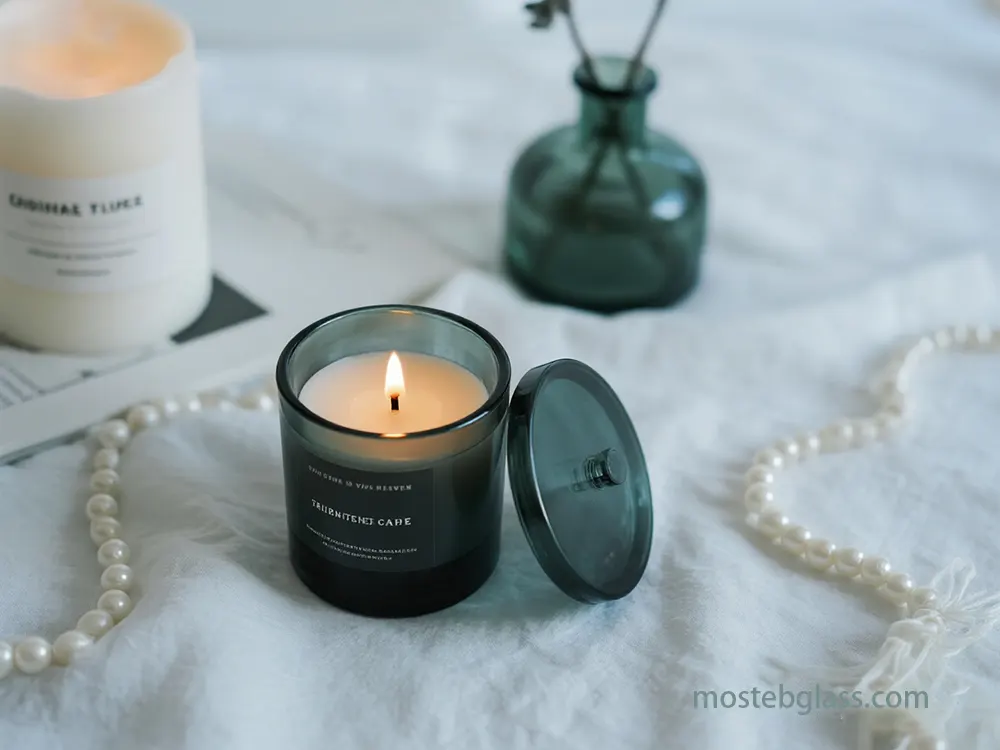
Mandatory Quality Certificate and HS Code Accuracy:
Quality Certificate (for example, BI of India for Tempered Glass Screen Protectors) is becoming mandatory. A specific harmonized system (HS) code classification (for example, for Chapter 70, 7007.19.0000 Tempered Glass) prevents custom disputes and false tariffs.
Extensive insurance and reputed freight forward:
Secure comprehensive insurance corresponding to delicate glass products. Partner with reputable shipping companies and freight forwarders specializing in delicate items.
Environmental control and moisture protection:
Moisture resistant liner and temperature controlled shipping protects glass from temperature related damage and condensation.
Benefits of technology for supply chain visibility:
RFID tracking, real-time monitoring, IOT-enabled devices, GPS tracking, automation, robotics and barcode scanning provides real-time visibility and data-based decisions. Predictable analyzes best make inventory management and lead time forecasts.
Active Quality Control and Supplier Collaboration:
Strong quality control and inspection, immediate identification and defects on various stages (manufacturing, pre-shipment).
Common Pitfalls:
- Repacking at transit points: Frequent repacking at international transport points significantly breaks down, increasing the risk of misleading or damage.
- Insufficient packaging and void filler: Inadequate mattresses, let things be shifted, or reusing old Boxes qs are the primary disadvantages.
- Customs Delay and Penalties: Navigating complex international customs without accurate documentation, delay, penalties or seizure.
- Supply chain interruptions and excessive dependence on one resources: Geographical political events, epidemics, labor/raw materials disrupt the chains of shortage supply. Excessive dependence on foreign production increases these issues.
- Lack of transparency, tracability and backup plans: Lack of transparency hinders the identification/correction of the error. No backup plan leaves business sensitive.
- Uncotcuts and obscure logistics partners in the blur: The misconception of incotors leads to disputes. Partners may lack the skills of delicate goods as a result of the failure of VAT to 3PLS/freight forwarders.
- Factors (Weight, Volume, Customs, and Risk Mitigation): Glass is heavy and diverse, which impacts packaging, material, and transportation costs. Importing glass, particularly from China, may incur tariffs, although exclusions exist. Risk mitigation includes continuous monitoring of handling conditions using impact indicators and real-time tracking. Optimizing glass product inventory requires accurate lead time forecasting, which is enhanced by predictive analytics. The global glass shortage has increased lead times, especially for foreign manufacturers.
- 5. Cost Structure and Commercial Terms Analyzing the pricing model, tooling costs, payment terms and overall financial implications is important for Mosteb’s profitability and sustainability.
- 5.1. Cost Structure and Profit Margins White-label products are typically more cost-effective due to large-scale production and no R&D, resulting in lower initial investment, but usually lower profit margins due to limited pricing power and intense competition. Custom manufacturing, while requiring higher initial development costs (for example, for molds), can command premium pricing and improve long-term profit margins due to product exclusivity and greater supply chain control. Private labeling involves moderate investment, while avoiding full R&D costs. Allowing differentiation and strong pricing power.
- 5.2. ROI for Custom Tooling Investing in custom molds is a long-term investment. The ROI calculation considers total production costs (materials, labor, overhead) against total revenue over the lifetime of the mold; Longer time frames provide a more accurate profitability picture.
5.3. Cost Savings and Revenue Generation from Customization
- As the product volume increases, the cost per part is reduced due to mold improvement. Optim ptimized mold design reduces defects/waste and allows auto tomatoes, thereby reducing labor costs. Unique, high-quality custom products command premium values and distinguish brands, increasing sales and market share. The abstract benefits include the elimination of time to-to-market for the unique solutions, the integrity of the customer and the unique solutions providing competitive edges. 5.4. Total Cost of Ownership (TCO) for Tooling
- TCO for tooling extends beyond the initial purchase, to include operating costs, cycle time, run time, scrap rates, feed/speed rates, tool run time, labor hours, cost-per-part, tool/machinery life and downtime for maintenance/repairs. Improved tooling reduces scrap, shortens setup, improves cycle times, and extends tool life, resulting in significant long-term savings. Asset Value:
- A custom mold can become a valuable asset, with the ability to license or sell to other manufacturers, contributing to long-term ROI. 6. Intellectual Property and Confidentiality
- Design Patents: Design patents protect the decorative appearance (visual, non-functional characteristics) of a manufactured object, such as the shape or surface ornamentation of a glass product, but not its function. They are generally easier to obtain and less expensive than utility patents, have higher allowance rates (>95%) and are normally completed within 18 months in the US. U.S. The protection lasts for 15 years from the date of issuance. In the UK, registered design rights can last for 25 years. They streamline implementation on e-commerce platforms like Amazon Brand Registry against copycats. The EU design reform includes the new Community Design Regulation/Directive, which offers Registered Community Designs (RCDs) for 25 years and Unregistered Community Designs (UCDs) for three years.
- Trade Dress: Trade dress refers to the image and overall appearance of a product or packaging that identifies its source (for example, the shape of the Coca-Cola bottle), protecting its “look and feel”. To be protectable, trade dress must be non-functional and possess “secondary meaning” (consumers associate the design with a specific source). Unlike design patents, trade dress protection can last indefinitely with continued use as a source identifier.It can supplement a design patent, providing long-term protection after the design patent expires.
- IP Ownership in Manufacturing Agreements: Ownership of the mold is important because it embodies the design and IP of the product. Without clear agreements, manufacturers may copy designs, produce unauthorized units, or sell designs to competitors, leading to loss of design rights and damage to brand reputation. White-label agreements define the rebranding/resale terms, with IP clauses specifying that the reseller typically licenses, not owns, the underlying IP. Private label agreements require clear IP ownership terms, with retailers typically retaining full ownership of the branding/trademarks, while manufacturers protect proprietary formulations/processes. When manufacturing overseas, mold agreements should clearly control mold ownership and product IP to prevent it from becoming “open source”.
Licensing Existing Designs:
IP licensing for white label or OEM partnership allows another company to use your product/technology under their brand. Key clauses define the scope of use (e.g., modification rights, sublicensing, geographic limitations) to protect the IP owner’s rights and prevent abuse. Design patent licenses can be filed with the USPTO, and can be exclusive/non-exclusive, royalty-based/royalty-free, and renewable/non-renewable.
7. Factory Vetting and Relationship Management
This section outlines the due diligence to select a reliable partner for Mosteb, including track record, communication and long-term relationship potential.
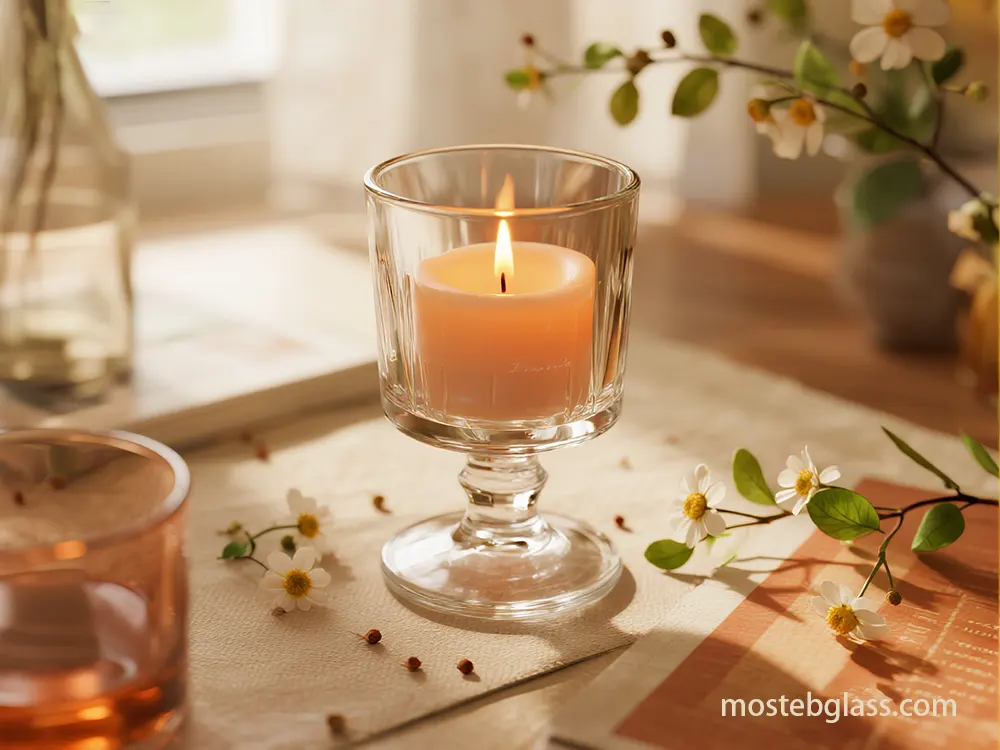
7.1. Market Perception and Brand Value
Consumers combine glass packaging with premium quality, reliability, purity, and durability, especially in high-spacing spirits, alcohol foods and luxury skinners. Unique, eye -catching custom glass bottle design enhances the brand’s story, create emotional connection and significantly influence purchase decisions; Attempts new products more than 50%of customers due to attractive packaging. Visual appeal and tactile realization of glass contribute to the alleged value; Heavy bottles deliver a more important product subconsciously. Custom glass bottles make the brand loyalty by personalization and limited editions.White-label products are sometimes considered to be the reputation of a low quality, potentially weak brand. However, the vision of consumers’ private label products is changing, with 66%Them regarding them exactly or more than national brands, making private labels a premium option.
7.2. Identified Glass Candle Holder Manufacturers Offering Customization
Safecoze:
OEM/ODM private-label glassware partner with catalog and custom tooling options, extensive decorating menu.
Roetell Glass:
Global glassware supplier with customization for beverages and bottles.
Beausino:
Provides custom glass and mold services.
EukaGlass:
Specializing in drinkware customization.
O-I:
Known for extensive glass bottle design capabilities.
7.3. Design Iteration Cycles for Custom Molds
Custom manufacturing includes several rounds of prototyping, including small test runs, before the design is finalized for the full product.
7.4. Ethical Sourcing Audits:
As discussed in Division In, the investigation of moral sourcing certificates such as SA 8000 and Amphory BSCI is crucial for partners. The inclusion of third-party iTors Deaters assesses the factory’s moral labor management. Por Audit Dit performance can lead to buyers to avoid factory. These certificates increase reputation, improve morale, reduce risks, and strengthen supply chain management.
7.5. Long-Term Relationship Potential
Mosteb requires promoting long -term production partnerships, clear communication, mutual understanding and shared commitment to quality/morality. Custom manufacturing flexibility and innovation, with a scalable design approach, can build a foundation for future production lines, create accumulated brand equity and relieve market expansion.
Wholesale Diffuser Bottles
Wholesale Glass Vases
Latest Insights
Comment
Submit your opinion
- get a free quoteComplete our quote request form or email us at
- to receive a customized quote from our product specialists.Select a product
- glass candle jars Reed Diffuser Bottle
- glass vases Quantity
- contact our Product ExpertSend us a message freely if you have any questions. We’ll get back to you within 30 minutes, and we’ll adhere to the
to protect your information.
full name
email adress
Please provide us with the capacity, shape, color, and quantity of the glass containers you require. Alsoplease feel free to share any other details or specific requirements to help us better understand yourproject.
Tell us your requirements, such as capacity, quantity, customization, etc.
breadcrumbs
